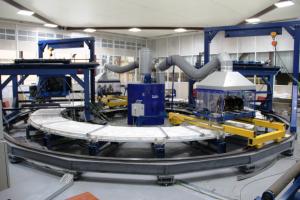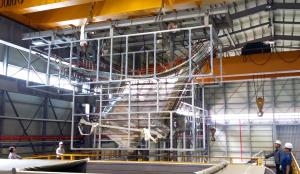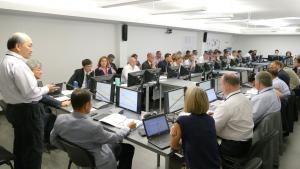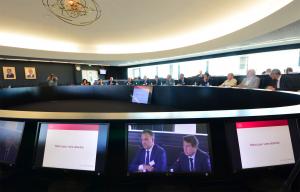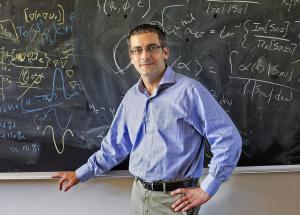What’s New
19 September 2016
ITER news digest for the period of 12 September 2016 to 19 September 2016.

A computing powerhouse turns on in Italy

Summer school: diagnostics for ITER and DEMO
